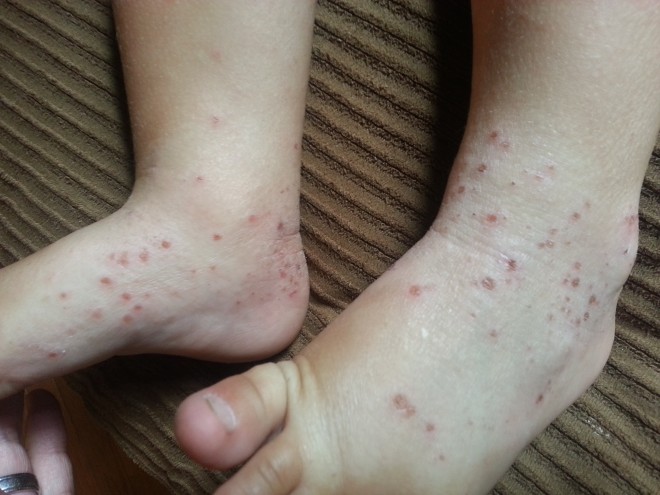Category: Allergy & Immunology
-

Atopic Dermatitis (“Eczema”): How to Control it
Step 1: First of all, make sure it’s really atopic dermatitis! Atopic dermatitis is a pruritic, immune-mediated skin condition that is common in all age groups, but is particularly common among infants, toddlers and small children. It is commonly called eczema by clinicians and laypersons alike. There are three different highly pruritic skin conditions that…
-
Success with DRESS: What You Need to Know about Drug Reaction with Eosinophilia and Systemic Symptoms
Introduction Drug Reaction with Eosinophilia and Systemic Symptoms (DRESS) is a potentially life-threatening medical emergency. Patients present with fever, rash and internal organ dysfunction or failure. Organs affected include liver (hepatitis, fulminant hepatic failure), lungs (pneumonitis), kidneys (renal failure, nephritis), brain (encephalopathy and/or aseptic meningitis), and heart (myocarditis, heart failure). Endocrine dysfunction such as hyperthyroidism,…
-
Angioedema without Urticaria
The differential diagnosis for angioedema without urticaria (“hives”) is fairly narrow, and requires a unique workup and management strategy. Clinical presentation Patients present with sudden, profound, non-erythematous, non-pruritic localized edema of distensible tissues such as lips, eyelids, tongue and external genitalia. The key here is that they are negative for hives, itching, or bronchospasms. Two…